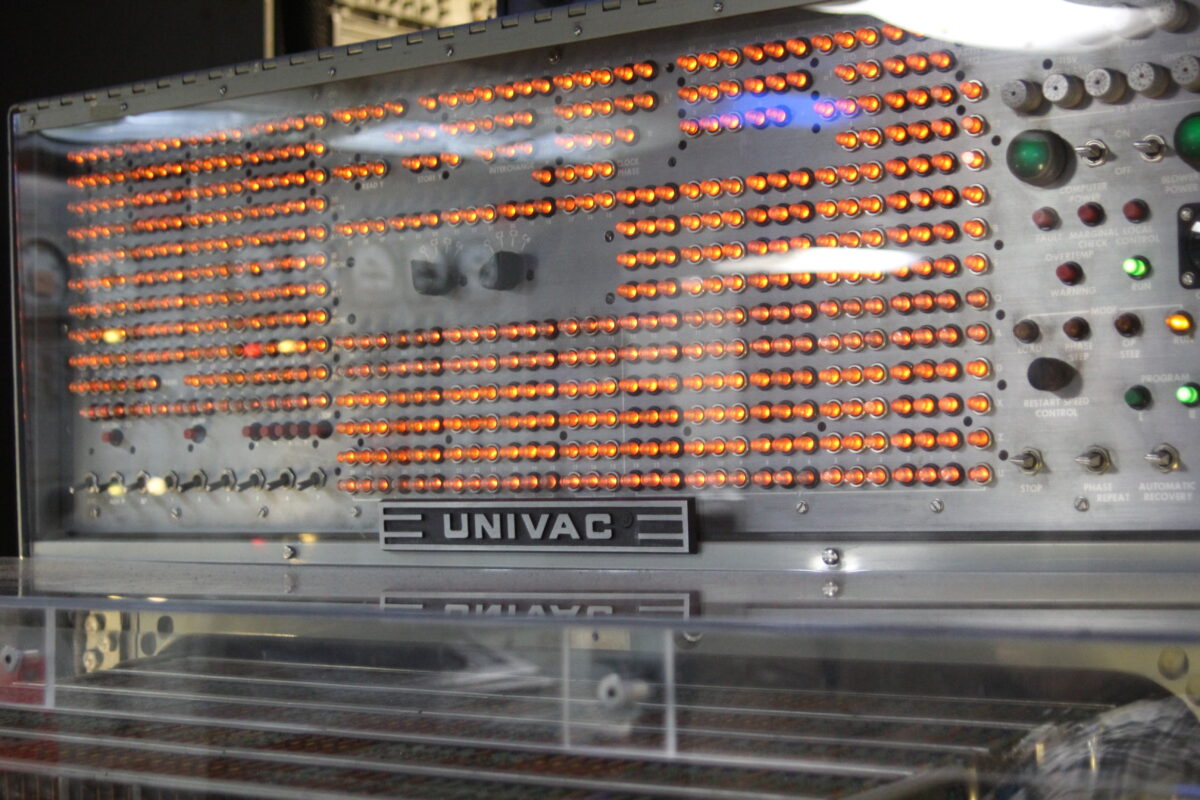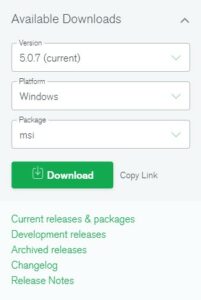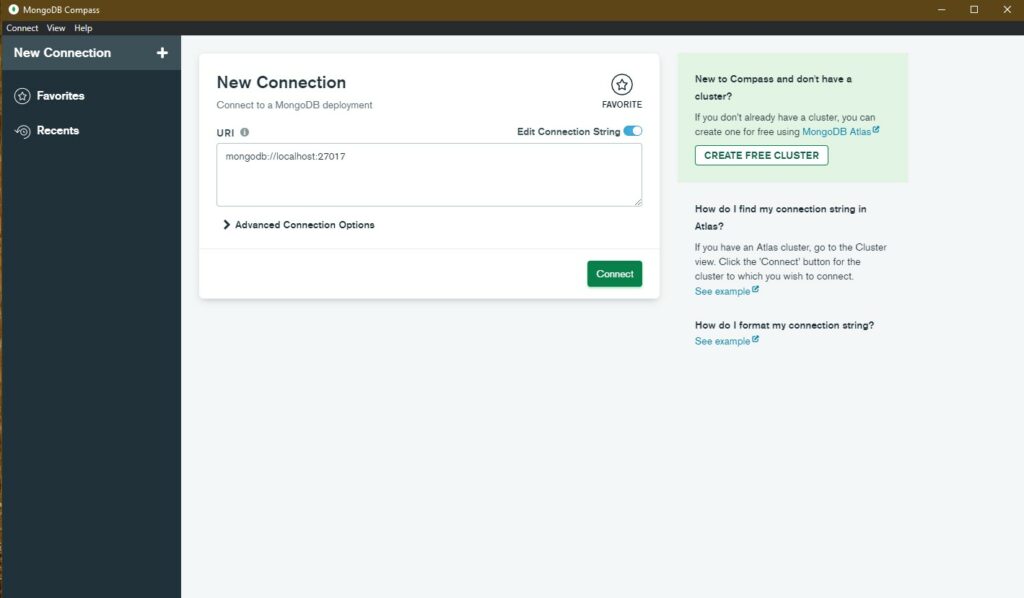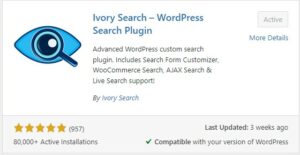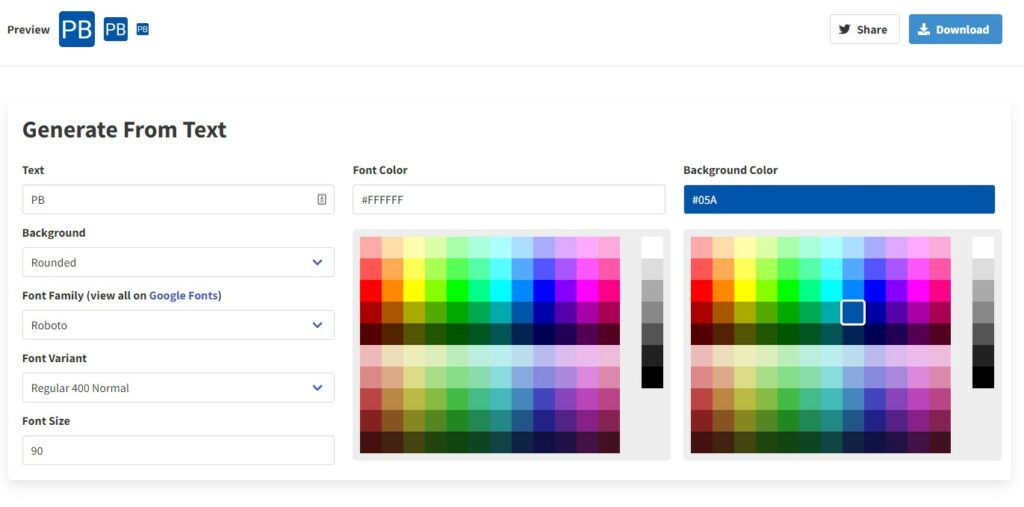To set up a server using express.js, add the following code to src/index.js:
// index.js
// This is the main entry point of our application
const express = require('express');
const app = express();
const port = process.env.PORT || 4000;
app.get('/', (req, res) => res.send('Hello World!!!'));
app.listen(port, () =>
console.log(`Server running at http://localhost:${port}`)
);
Start the server, and listen on port 4000, with this command:
node src/index.js
You can now browse to http://localhost:4000, to see Hello World!!!
Any change to the code, will require a restart to the server, and a browser refresh.
To automate this, add the following to your package.json:
"dev": "nodemon src/index.js",
You can now use node to monitor for any changes, with this command:
npm run dev



